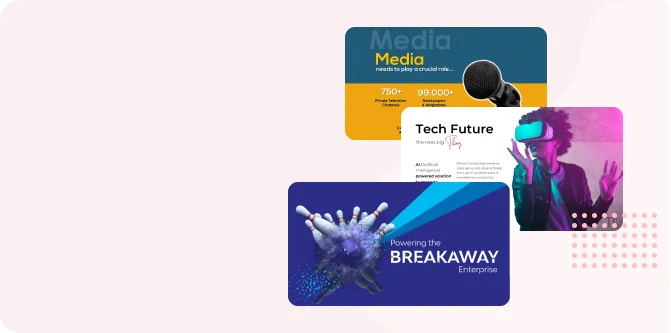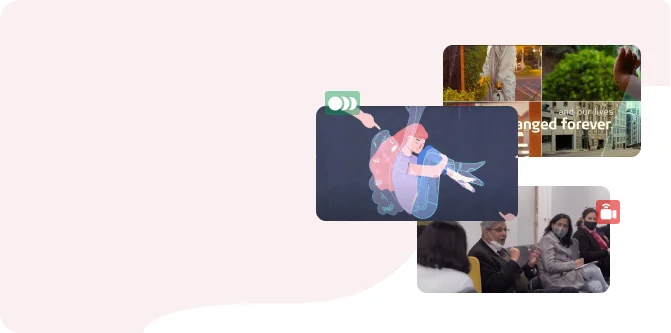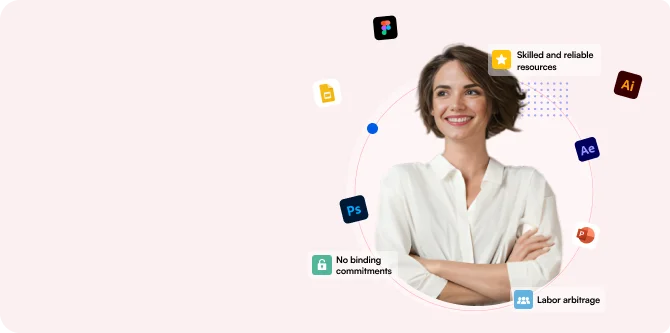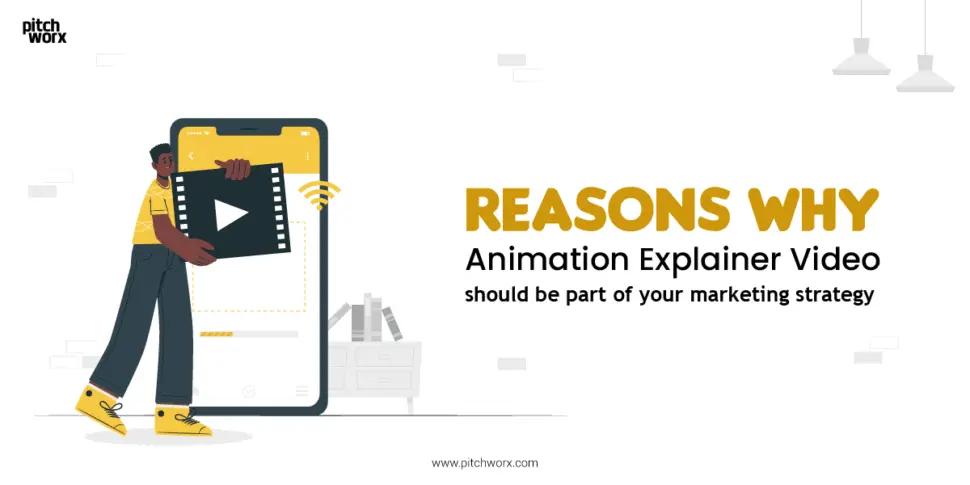Did you know that the high budgeted silent movies had storyboards too? Well, yes, they did but unfortunately, most of it was lost in the reduction of studio archives in 1970. The meaning of storyboard is as simple as the word. The structure of storyboards was constructed for pre-visualization of the motion pictures, animation, motion graphics. It is a graphical organizer in the form of illustrations and graphics which are placed in sequence for thorough understanding.
Storyboards help the animator and the director prepare the screenplay for the animated video. Deriving the camera angle shots at which the video should be composed makes it easier for the animator to combine all the graphics and illustrations altogether.
A thorough understanding of how to create storyboards will take you a step future to accomplish the desired result. Creation of storyboards is a multi-step process. Now how exactly do you create storyboards? It’s very simple, really.
CREATE BLANK SLIDES
There are plenty storyboard templates that Google offers. You can simply download it, print it out and voila! You don’t have to draw several squares on a blank sheet of paper. Now think of every square to be a video frame wherein every square denotes a different shot taking place. Now you can sketch it by hand or on the computer (if you haven’t taken the printout, obviously). Also, make sure to leaves spaces in between for penning down notes or lines from the script.
ADD YOUR SCRIPT
Below every picture, describe the scene by adding lines from the script that has to be spoken. You can also pen down notes about what is happening. Your storyboard should look like a replica of a comic book so the readers can gather a sense of what is happening in the video.
SKETCH YOUR STORY
In the next step, you need to start making sketches inside the squares. It okay if you are not good at drawing. A bad sketch is always better than no drawing at all. You just have to visualize the scene and sketch it in the box. Just provide sufficient visuals so the concept of your story isn’t lost. You can also write down notes about the camera angles and movement or any other detail that will come in handy while production or post-production. Simple, isn’t it?
Happy Animating, folks!






